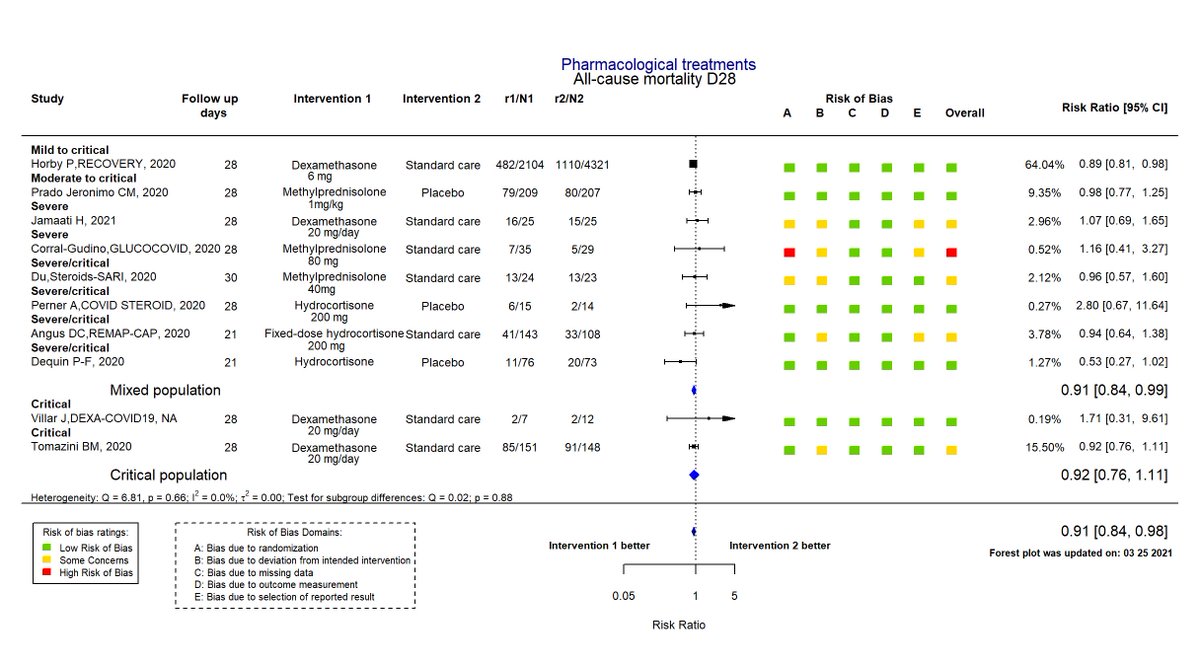
To my colleagues & trainees who have contacted me in distress over the past few days, I see you and hear you.
I don't post my thoughts about the Middle East because—even though I have studied its history tremendously over the years—I recognize that there are more than one truth.
I don't post my thoughts about the Middle East because—even though I have studied its history tremendously over the years—I recognize that there are more than one truth.
I understand how you fear—as Jews or people sympathetic to the tragedy that Israelis are experiencing—expressing your views or trying to counter views that see only one side of a dispute that is much older than the state of Israel.
I also understand how uncomfortable you have been made to feel when colleagues or supervisors use their (mostly) professional platform to acknowledge the unquestionable and tragic suffering of Palestinians yet fail to acknowledge the suffering many Israelis are also experiencing.
I also understand that there are legitimate non-antisemitic criticisms of Israel. But when fighting breaks out in the Middle East, antisemitism breaks out most everywhere else, and it is hard for you to escape the reality that there's an element of antisemitism in all of this.
I also understand that freedom of speech is fundamental to our society, and feel fortunate that we are afforded it. But I know you don't feel safe expressing online or to people posting how or what you feel. Such is social media.
My points:
1. If you feel unseen and distressed by your need to hide your views, I see and hear you. As do others. If it is affecting your ability to function, reach out for help.
I may not be able to help you, but if you feel the need, reach out to me.
1. If you feel unseen and distressed by your need to hide your views, I see and hear you. As do others. If it is affecting your ability to function, reach out for help.
I may not be able to help you, but if you feel the need, reach out to me.
2. There are victims on all sides of this equation, and as healthcare people we should know that all lives are equally precious. I pray and weep for all parties involved, and I would hope everyone shares those same ideals.
3. If you are in a leadership position choose your words and actions carefully. Equity, diversity, and inclusion means that all people and viewpoints matter—including the ones that aren't necessarily the loudest. You may want to reflect on how to encourage rather than stifle #EDI
@SinaiHealth @UHN @Sunnybrook @UnityHealthTO @uoftmedicine @NYGH_News @THP_hospital @UofT_DoM @UofTMedDean @UofTDoMChair @RicharLisa @CMA_Docs @OntariosDoctors
• • •
Missing some Tweet in this thread? You can try to
force a refresh















